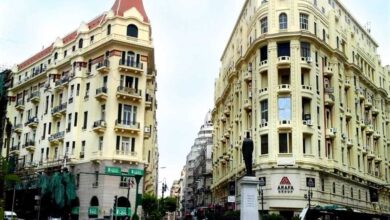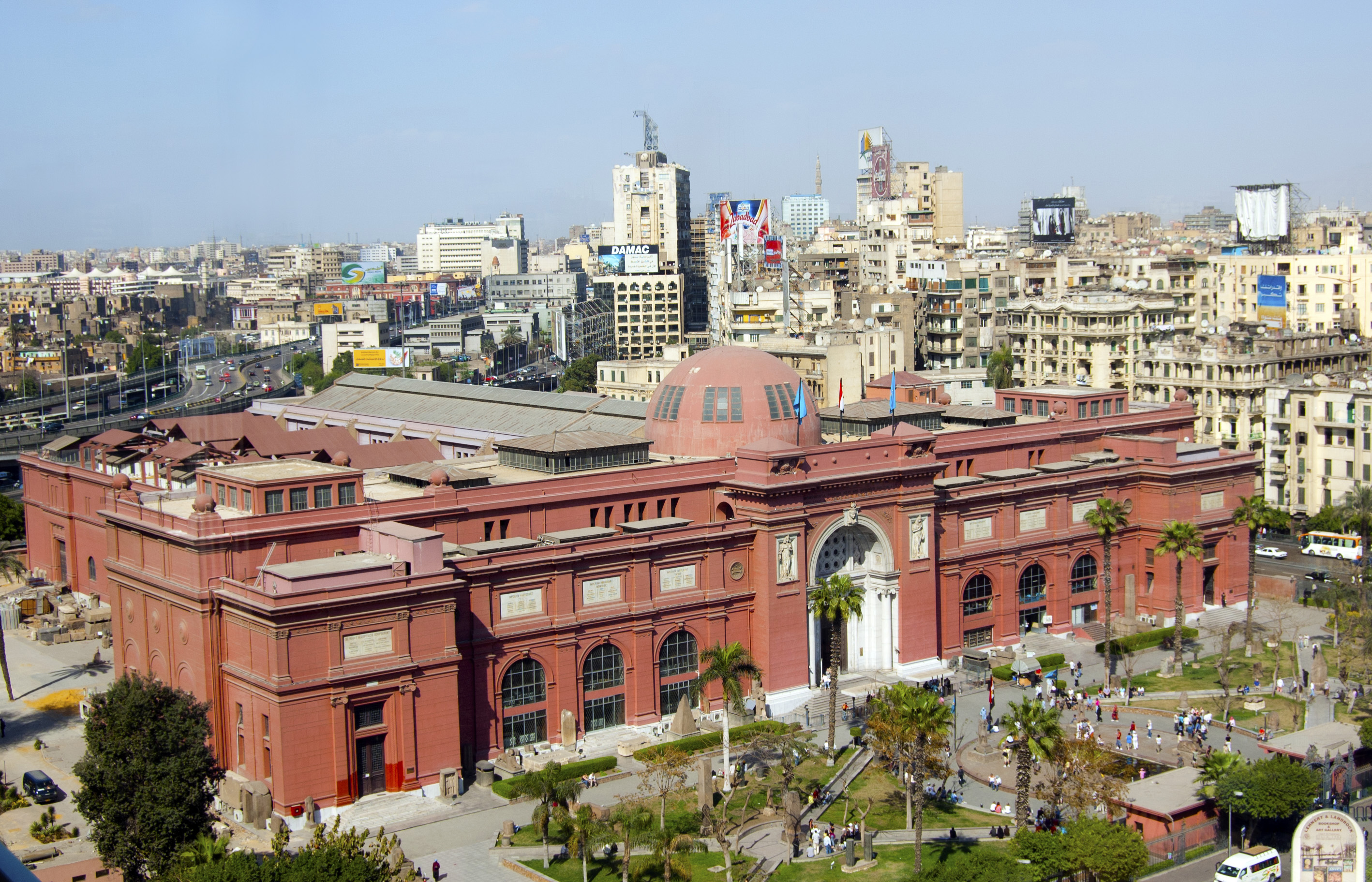Once a two-way street connecting the outskirts of Cairo with its heart, Qasr al-Aini stands rigid against the harsh hands of time. Now a one-way road heading only to Tahrir Square, Qasr al-Aini is a small-scale example of Cairo's diversity.
Qasr al-Aini was laid in 1466 by Ahmed ben al-Aini, a wealthy man who lived in a big castle on the street. The medicine school was moved to Qasr al-Aini in 1837. It is now the site of many educational and government institutions such as the massive Mugamma, the Doctors Syndicate, Qasr al-Aini Hospital, the People’s Assembly, the Shura Council, the Council of Ministers, the Ministry of Irrigation and the American University in Cairo (AUC).
Other important streets intersect with Qasr al-Aini, such as Sheikh Rihan Street, Mobtadayan Street, and Diwan Street. It is noisy and perpetually busy as it borders the posh neighborhood of Garden City, the mixed neighborhood of Mounira and the popular area of Sayeda Zeinab.
There are three metro stations on or close to Qasr al-Aini – Sadat, Saad Zaghloul and Sayeda Zeinab Station. The street is always alive and full of people coming from all over the country to run errands or get pieces of paper signed.
And as the street needs to accommodate its visitors, you will find juice shops, koshary joints and fuul and falafel stands in every corner. These are usually the busiest in the morning. The fresh aroma of falafel tickles the taste buds of most pedestrians and the queues in front of fuul gather more sleepy faces. In the afternoon, the smell of kabab takes over – a much more expensive meal that not everybody can afford.
“I have owned a shop here for the last ten years,” says Ahmed Mohamed, the owner of Semiramis Fruit shop. According to him, the street fills up by 8 am each morning with people running errands. “There are many governmental institutions and banks around here,” he adds. As for residents, Mohamed says that majority moved away over the years and most of the residential buildings are empty now.
Mohamed remembers the days when Qasr al-Aini was a two way street. “Traffic circulation was much better before – now Garden City and the corniche are always crowded.”
Local coffee places are scattered around the street. Qahwa al-Fallah is the most well-known, a heaven for shisha lovers, and here it is the strong me’asel (honey flavoured) tobacco that prevails. Arabesque is another known but more modern shisha place on Qasr al-Aini. The café is spacious and mainly attracts medical students and doctors from Qasr al-Aini Hospital.
As you delve closer to the AUC campus in Tahrir Square, the street changes its face: American food chains such as McDonald’s and Pizza Hut appear, as well as modern cafés that can accommodate AUC students and foreigners visiting the Egyptian Museum.
Because many governmental institutions are located on Qasr al-Aini, the street has a strong political feel. Protests took place on this street even before the 25 January revolution: sit-ins sometimes occurred at the People’s Assembly, but prior to the revolution, no one dared to protest at the Ministry of Interior on Lazoghly Street.
The street bares the marks of the poor and the unprivileged as well as the rich and the educated. It’s a miniature Cairo with its complexity and variety.




